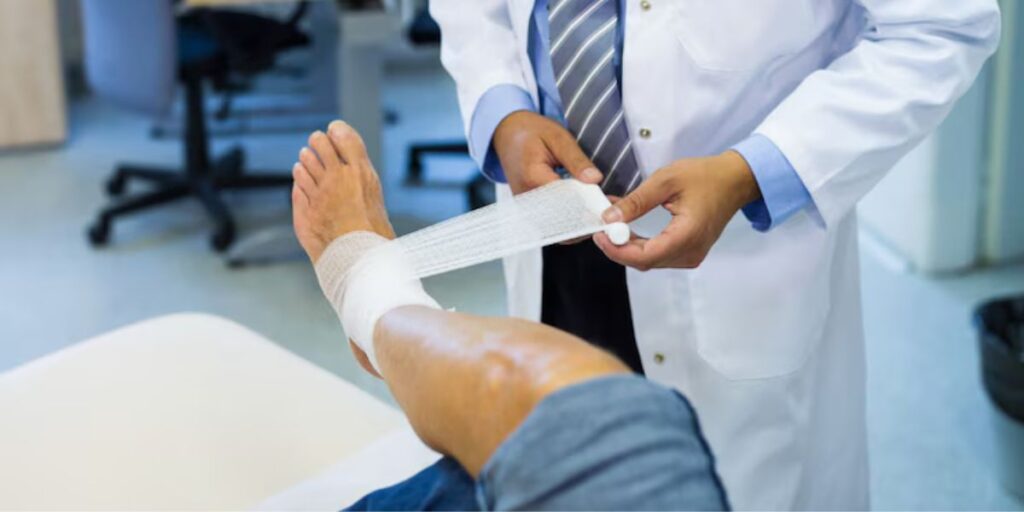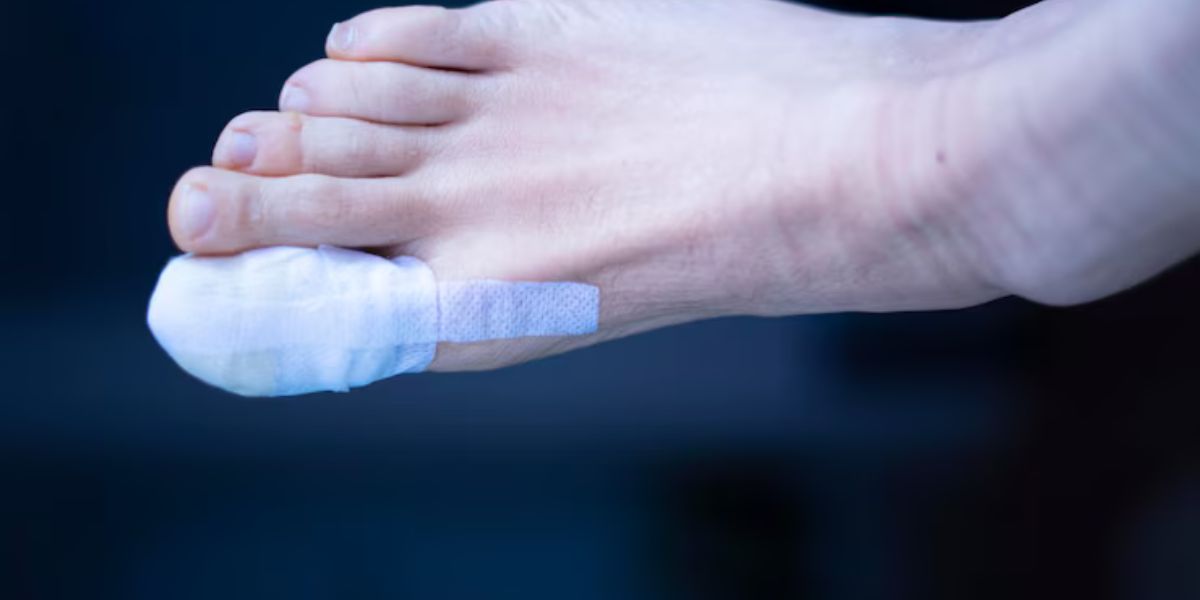What Is Bunion Surgery (Bunionectomy)?
Many people expect to feel completely fine after bunion surgery, but that’s not always the case. Some experience long-term problems after bunion surgery, which may include nerve damage post-bunionectomy, joint stiffness, or even bunion recurrence. While most recover fully, others continue to face long-term discomfort or pain that affects walking, work, and everyday life. It’s important to know that bunion surgery complications aren’t extremely common, but they do happen—especially if post-surgical care is ignored. Understanding the risks and how to prevent them can make a big difference in your outcome. This guide explores what to expect, how to manage symptoms, and when to seek help from your orthopedic foot surgeon.
Who Needs Bunion Surgery and When to Consider It
People with bunion pain severity that affects walking or daily activities are often advised to consider surgery. If non-surgical treatments failed—like wearing wide shoes, using pads, or taking pain medicine—then bunion correction surgery might be the best next step.
A patient’s lifestyle also matters. If the lifestyle impact of bunions is high, such as not being able to exercise, work, or enjoy walking, it might be time to get bunion surgery. In the USA, most podiatrists follow strict guidelines to determine if surgery is needed.
Preparing for Bunion Surgery
Preparation is key for a safe and successful surgery. Patients need to follow pre-surgical instructions from their doctor. This includes stopping certain medications, not eating before surgery, and arranging help for after the procedure.
Patients must complete pre-op medical tests such as bloodwork or foot X-rays. During the surgical consultation, the doctor explains the risks, benefits, and options. Choosing a foot surgeon with experience in bunion surgery in the USA increases the chances of a good outcome.
Step-by-Step Procedure Details
There are different types of bunionectomy step-by-step techniques. These include osteotomy, exostectomy, and arthrodesis procedure. Each method is chosen based on the bunion’s severity. In osteotomy, the bone is cut and realigned. Exostectomy removes the bump without correcting the joint, while arthrodesis fuses bones together.
Doctors often use surgical screws for bunion correction to hold bones in place. Most bunion correction surgeries are done under local or general anesthesia. The entire process is safe, and technology now allows for quicker healing and better precision.
Risks and Complications of Bunion Surgery
Like all surgeries, bunion surgery has risks. One common issue is bunion recurrence, where the bump comes back. Another problem is big toe stiffness, which makes walking harder. There is also a risk of surgical infection and overcorrection, called hallux varus.
Some patients face bone healing complications, especially if they don’t follow care instructions. Delayed healing or bones not joining correctly are rare but possible. Knowing the signs and staying alert can prevent major problems after surgery.

How to Prevent Post-Surgical Complications
To avoid problems, follow a good post-op care routine. Keep the surgical site clean and dry. Your doctor may recommend using mobility aids for recovery like crutches or a walking boot. This helps reduce pressure and swelling.
Simple things like foot hygiene tips, eating healthy, and resting well support healing. Doing physical therapy for bunion recovery improves movement and strength. Patients who follow these steps often recover faster and avoid long-term issues.
Recovery Timeline and Outlook
The bunion surgery recovery timeline can range from 6 to 12 weeks. Some people recover faster, especially after a minimally invasive bunionectomy. During the first few days, there will be swelling and some pain. Patients must elevate their foot and avoid putting weight on it.
Walking after surgery usually begins after 2–3 weeks using a special shoe. Over time, swelling reduces. Pain improves with medication and care. Full recovery, including return to normal activity, may take 3–6 months. Doctors track healing with follow-up visits.
| Stage of Recovery | Timeframe | Key Actions |
|---|---|---|
| Immediate Post-op | Days 1–7 | Elevate foot, pain control |
| Early Recovery | Week 2–4 | Walking with boot or aid |
| Mid Recovery | Week 5–8 | Light activities, physical therapy |
| Full Recovery | Week 9–16 | Resume normal lifestyle |
Long Term Benefits and Limitations
Patients enjoy long-term pain relief and better movement after bunion surgery. The foot looks and feels better. Proper foot deformity treatment also reduces the risk of other toe problems. Improved foot alignment makes it easier to wear normal shoes.
However, there are some limits. Some people may need post-surgical footwear or custom orthotics after surgery. Toe flexibility may not be perfect. But for most patients, the benefits far outweigh the drawbacks. It’s a small price for being pain-free.
Chronic Pain After Bunion Surgery
Some patients feel long-term discomfort even after healing. Nerve damage post-bunionectomy may cause tingling or sharp pain. Scar tissue pain is another cause, especially if the area becomes stiff or inflamed.
These bunion surgery complications are rare but frustrating. Doctors can run tests to find the exact issue. If needed, they may recommend advanced treatment or therapy. Communication with your surgeon is vital.
Treating Chronic Pain After Bunion Surgery
Several pain management options are available for ongoing discomfort. These include medications, steroid injections for foot pain, or nerve blocks. Physical therapy post-surgery helps reduce pain and regain strength.
In some cases, a revisional bunion surgery is required to fix underlying issues. Some patients benefit from alternative pain relief methods like acupuncture or laser therapy. Working with your doctor helps find the best solution.
FAQs
What is the fastest way to recover from bunion surgery?
Follow your surgeon’s instructions, rest properly, and start physical therapy early to heal faster.
How to fix a bunion without surgery?
Use orthotic shoes, toe spacers, and pain relievers to manage symptoms, but they won’t reverse the bunion.
Is bunion surgery safe?
Yes, bunion surgery is generally safe when performed by a skilled orthopedic foot surgeon, though all surgeries carry some risk.
Can you live a normal life with bunions?
Yes, many people live normally with bunions if pain is managed, but severe cases may limit activity.

